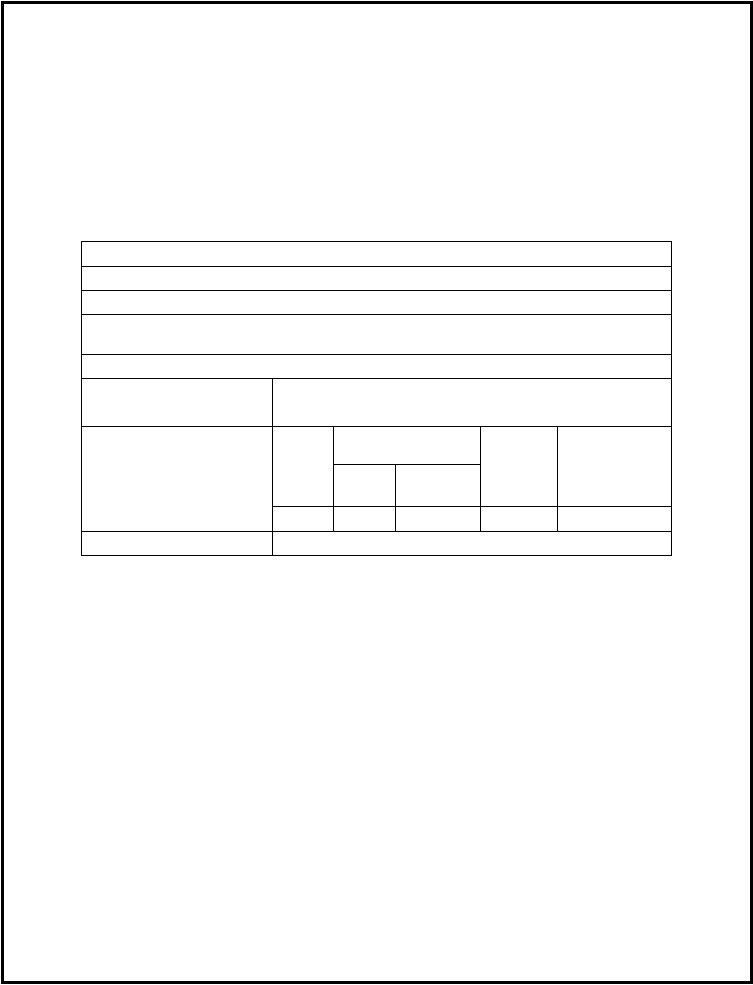
SAE J2735-Draft-Rev28 [issued: 11-10-08]
-
264 -
This is an SAE Motor Vehicle Council draft document of the DSRC committee, subject to change.
Annex C-5 Left Turn Assistant
Application Description
The Left Turn Assistant provides information to drivers about gaps and speeds of oncoming cars to help
them make a left turn across traffic safely. This application warns drivers when a collision is probable if
the left turn movement is initiated.
Flow of Events
Flow of events
1.
Oncoming Vehicle “A” sends MSG_BasicSafetyMessageFrame, Part I.
2.
Turning Vehicle “B” receives message
3.
Vehicle “B” process the message from Vehicle A and determines that Vehicle A’s message
is relevant (crossing road segment via map and/or heading and indication of turn)
4.
Vehicle “B” alerts its driver to an oncoming vehicle hazard.
Hardware Devices:
DSRC radio
Positional and vehicle sensors
Human-Machine Interface
Occupant
Vehicle
System
Driver
Passenger
Service
Provider
Road
Department
Actors: (What entities play an
active role in use)
X
X
Support information:
CAMP-VSC Task 3 Report, 2003
Concept of Operations
DSRC communications is used to allow the turning vehicle to detect all equipped vehicles in the vicinity.
Furthermore, it allows the turning vehicle to receive the position, velocity, acceleration, and control
parameters[RS11], among others, for potential threat vehicles. The in-vehicle unit, based upon the host
vehicle’s left turn signal initiation (and/or possibly other control parameters such as steering wheel angle or
yaw rate) constructs a predicted travel path for the host vehicle and analyzes the received parameters for the
approaching vehicles . The unit also constructs expected future travel path for these vehicles. If this
analysis determines that a collision would be likely if the left turn movement is initiated, an appropriate
warning is issued to the driver
Sensors and Other System Needs
On-board sensors to determine the host vehicle’s intent to turn left, e.g., left turn signal or other control
parameters, may be required.
A map database could help to provide information whether vehicles are in the vicinity of an intersection. If
lane resolution is possible, lane position of left-turning and opposite path vehicles can be used in the
algorithm, e.g., if a left-turning vehicle is in a left-turn pocket and the opposite path vehicle is in a through
lane, then the left-turn warning should actuate.

